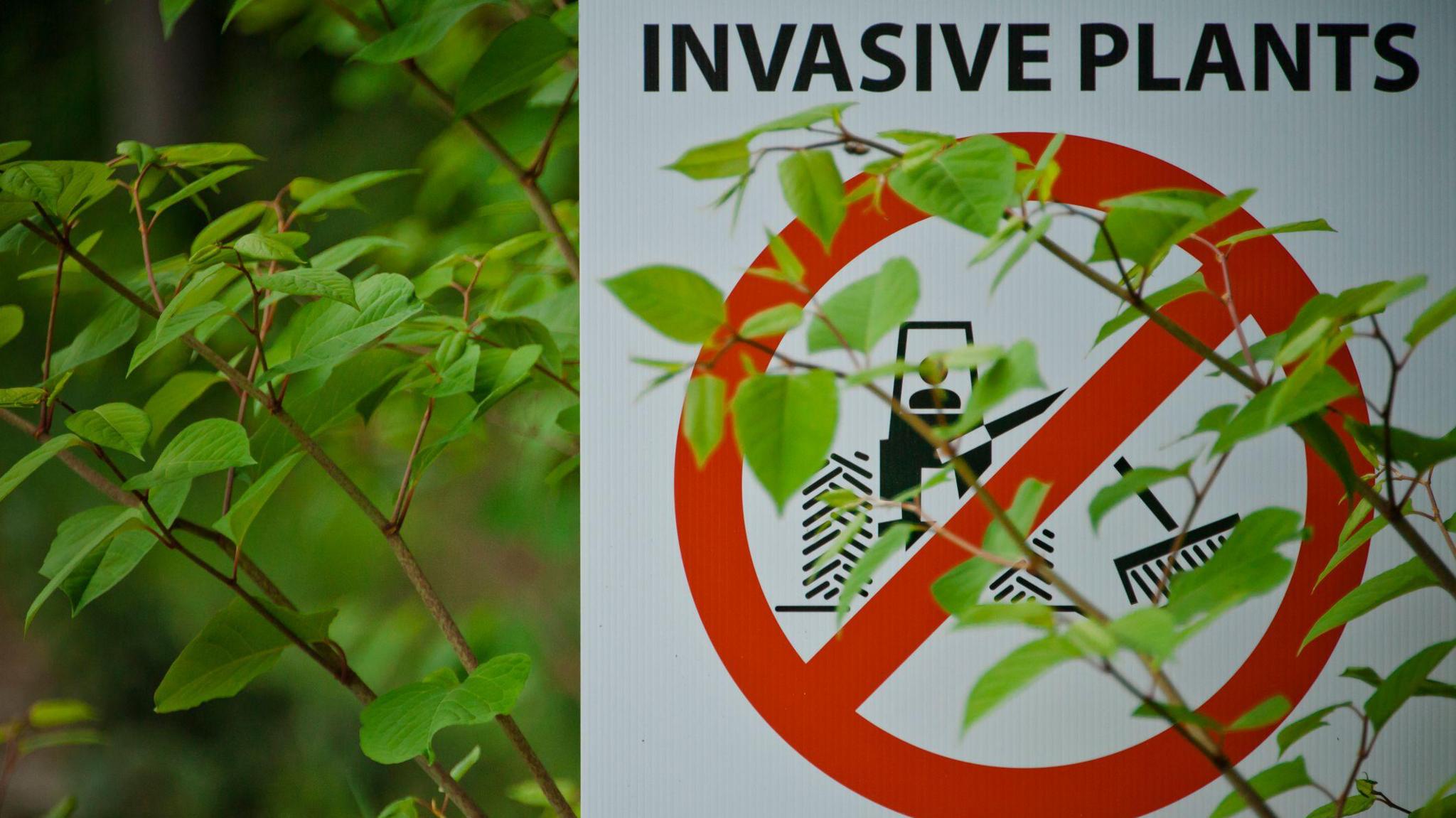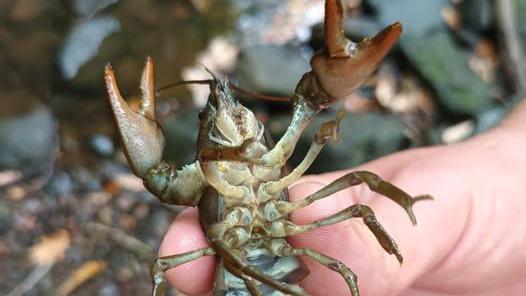Invasive plants increase area flood risk - council

Calderdale Council is urging people to report sightings of non-native plants online
- Published
Invasive plants such as Japanese knotweed and Himalayan balsam could increase the risk of flooding in West Yorkshire, a council warned.
The non-native species can spread rapidly but die back in the winter, leaving bare ground that floodwater moves across quickly, a Calderdale Council spokesperson said.
People are encouraged to report, external any sightings of invasive plants and to clean their boots after walking in the countryside to stop species from spreading.
Scott Patient, the council's member for climate action and housing, said: "Managing invasive species is crucial for reducing flood risk and creating a more biodiverse Calderdale."
Invasive plants can cause a particular problem in Calderdale, the council said, as water can flow rapidly down its steep hillsides and into the borough's rivers.
Japanese knotweed and giant hogweed require professional treatment, it added, but Himalayan balsam could be easily removed.

Endangered white-clawed crayfish are found at Luddenden Brook
Boot cleaning stations have been installed at Jerusalem Farm in the Luddenden Valley in a bid to protect endangered white-clawed crayfish from invasive species.
The population is under threat due to the introduction of the non-native North American signal crayfish - which spread a disease which kills the native white-clawed crayfish.
The cleaning stations have also been put in place at Baitings, Ryburn, Withens Clough and Scammonden reservoirs.
Patient added: "Simple steps like using boot cleaning stations or reporting sightings of the most problematic invasive species can make a big difference."
Get in touch
Tell us which stories we should cover in Yorkshire
Listen to highlights from West Yorkshire on BBC Sounds, catch up with the latest episode of Look North.